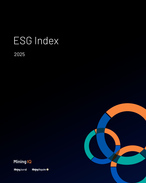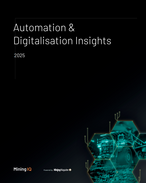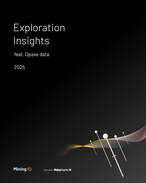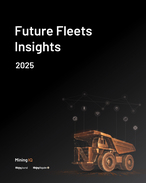This article is 21 years old. Images might not display.
Shareholders of coal mines typically want an operation with low capital and low cash operating costs; but also want to maximise value in discounted cash flow terms with known risk.
Draglines typically can offer a low cost waste removal mining method but are less flexible and have a higher capital cost. Truck/shovel fleets on the other hand are far more flexible with lower capital but generally higher unit costs.
“The deployment of draglines and truck/shovel fleets can be varied so that competitiveness (lower costs) can be traded off with maximising profit (more tonnes but higher cost) by varying, for example, the dig horizon or the rate the dragline uncovers coal,” said Westcott.
During last week’s presentation Westcott used a typical Australian deposit example to demonstrate the trade off between mining faster (more tonnes at lower margin) versus slower (less tonnes at higher margin). The outcomes of the example showed a wide range of results.
“The correct answer is dependent on specific deposit characteristics, shareholder requirements and corporate guidelines,” he said.
“Given the recent trend towards utilising mining contractors, there are increased opportunities for mines to have a more flexible mine plan, where the dragline and truck/shovel deployment can be varied to suit market conditions.”
The full lecture is available at http://www.mining.unsw.edu.au
























